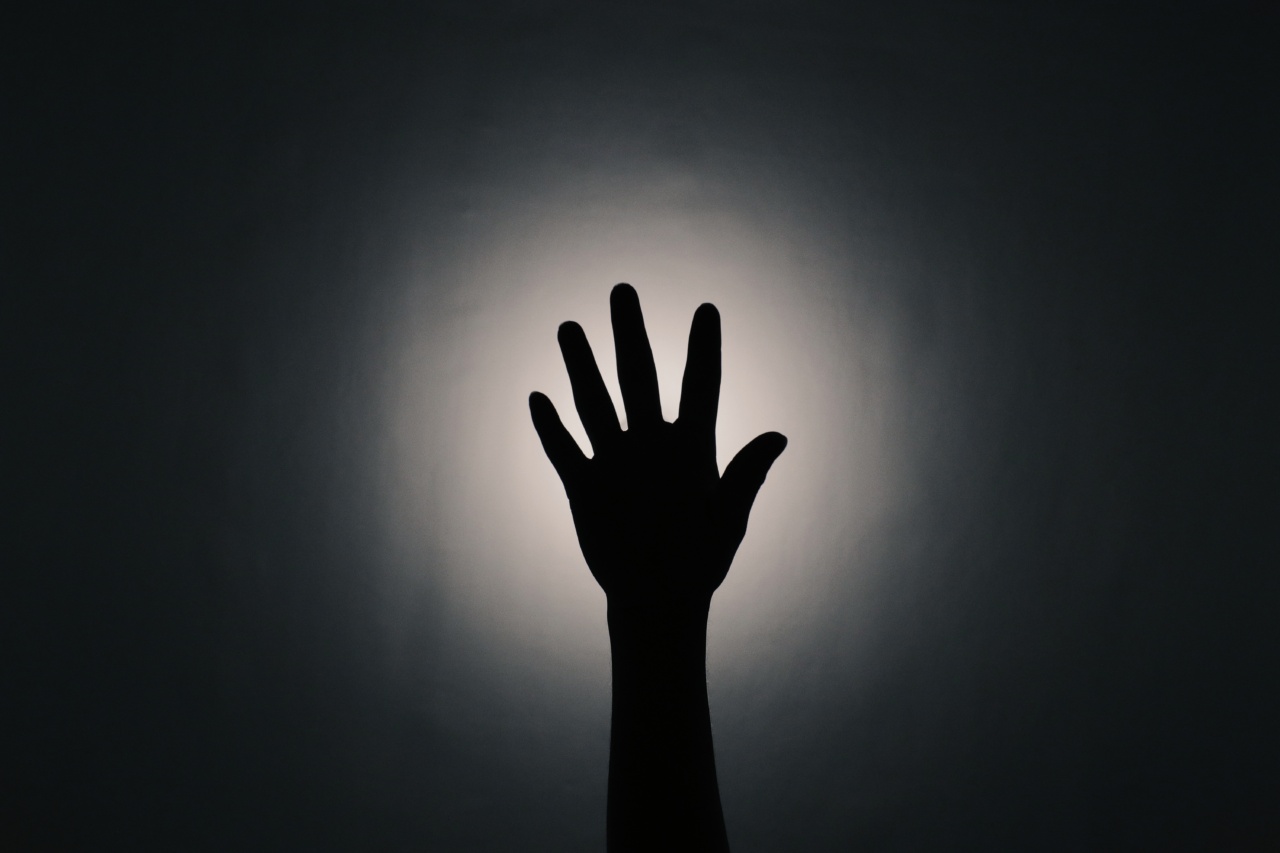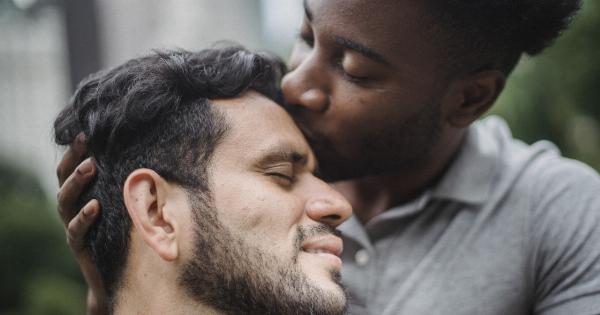Kissing might seem like a simple, romantic act, but it’s actually a complex and fascinating act that triggers several responses in our bodies.
In this article, we’ll explore the science behind kissing, from what happens inside our bodies to the health benefits and types of kisses.
The Brain’s Response
When we kiss, our brains release several chemicals that affect our mood and physical reactions. One of these is dopamine, which is responsible for feelings of pleasure and motivation.
Another is oxytocin, the hormone often referred to as the “love hormone” because it helps us bond with others.
Interestingly, kissing can also reduce stress and anxiety by lowering cortisol levels in the body. When we kiss, our bodies also produce serotonin, a neurotransmitter that regulates mood and appetite.
The Cardiovascular Effect
Aside from the brain, kissing also has an effect on our cardiovascular system. When we kiss, our hearts beat faster, increasing blood circulation throughout the body. This can lead to a “flushed” feeling and even make our cheeks turn pink.
Some studies have found that kissing can also lower blood pressure, potentially decreasing the risk of cardiovascular disease.
The Mouth’s Response
When we kiss, our mouths are the primary organs responsible for the act. And when our mouths touch, a lot of interesting things happen.
First, when we kiss, we exchange saliva — which might sound unappealing, but it’s actually an important aspect of the act.
Saliva has important enzymes that help break down food, and it also has antibacterial properties that can help keep your mouth healthy.
When we kiss, our mouths also produce more lubrication in the form of mucus, which helps the lip movement feel more smooth and pleasurable.
The Immune Response
As mentioned before, kissing can help keep your mouth healthy by introducing antibacterial properties from different people’s saliva. But the benefits don’t stop there.
When we kiss, our immune systems also get a boost. This is because our bodies are exposed to different bacteria and viruses that we might not otherwise encounter, leading to a stronger immune response and potential resistance to these pathogens.
The Types of Kisses
There are several different types of kisses, each with their own unique meanings and sensations. Here are just a few:.
- The French Kiss: Also known as the tongue kiss, the French kiss involves open mouths and the use of the tongue. This type of kiss is often associated with romance and sexual desire.
- The Eskimo Kiss: This kiss involves rubbing noses together instead of the traditional lip-to-lip contact. It’s a fun and playful type of kiss.
- The Butterfly Kiss: This kiss involves fluttering your eyelashes against your partner’s skin. It’s a sweet and tender gesture.
- The Forehead Kiss: In this kiss, you gently press your lips to your partner’s forehead. It’s often a show of love and affection that doesn’t involve sexual desire.
The Bottom Line
Kissing is a fascinating and complex act that triggers many responses in our bodies.
From the release of certain chemicals in our brains to the boost in our immune systems, kissing has several health benefits — not to mention it’s a fun and enjoyable activity.
So the next time you pucker up, remember that there’s a lot more going on inside your body than you might think.


























